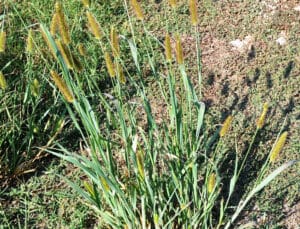Nandina domestica ‘AKA’
Description
Take your landscape beyond basic green with the Blush Pink™ Nandina. No matter the season, this plant delights with vibrant foliage that’s second to none. Pink-tipped growth emerges to elevate your landscape. With a nod to its name, you get a delightful shade of blush pink splashed across new growth. And unlike other varieties, the Blush Pink™ Nandina’s pink leaves persist throughout the growing season. From spring through fall, these green shrubs are elevated by pink leaves!
And it never needs pruning. The Blush Pink™ Nandina keeps its compact shape without shearing and fits into tight spaces with ease. Even better? It’s non-invasive! Because the Blush Pink™ doesn’t produce berries, it won’t become an unwelcome, invasive plant in your garden.
Planting
Plant your Blush Pink™ in an area that receives full to partial sunlight. Nandina Shrubs prefer acidic soil but will adapt to your natural soil even if it’s sandy or heavy in clay as long as it’s well-draining. When you’re ready to plant, dig a hole that’s large enough to accommodate your shrub’s root ball. Place your shrub, backfill the soil, and then water to settle the roots.
Watering
Let your soil dry to the touch down to about 2 inches in between waterings.
Fertilizing
Fertilize your Blush Pink™ Nandina at the beginning of every spring with an acidic fertilizer.
Pruning
| Growing Information | |
| Mature Height: | 2 ft |
| Mature Width: | 2 ft |
| Sunlight: | Full to Partial Sun |
| Bloom Time: | |
| Growth Rate: | Moderate |
| Grows Well in Zones: | 6-10 |
| Your Growing Zone: | 6 |





